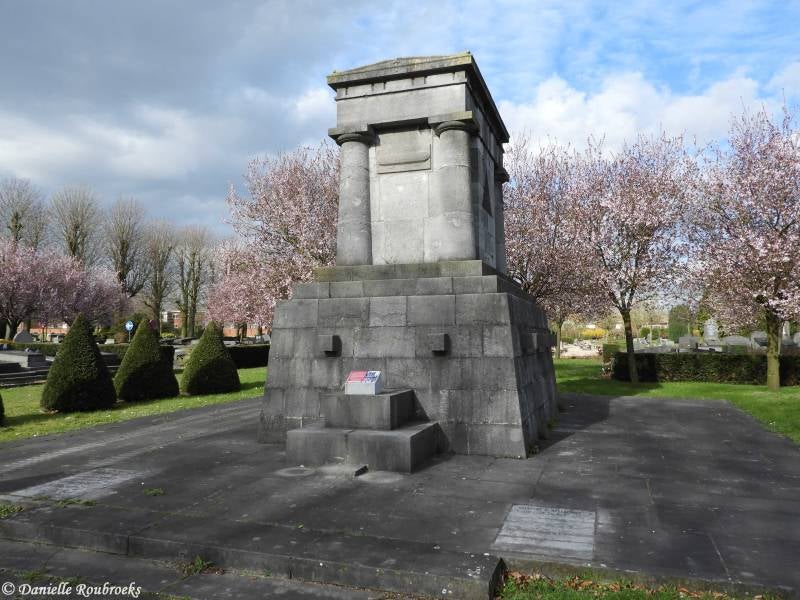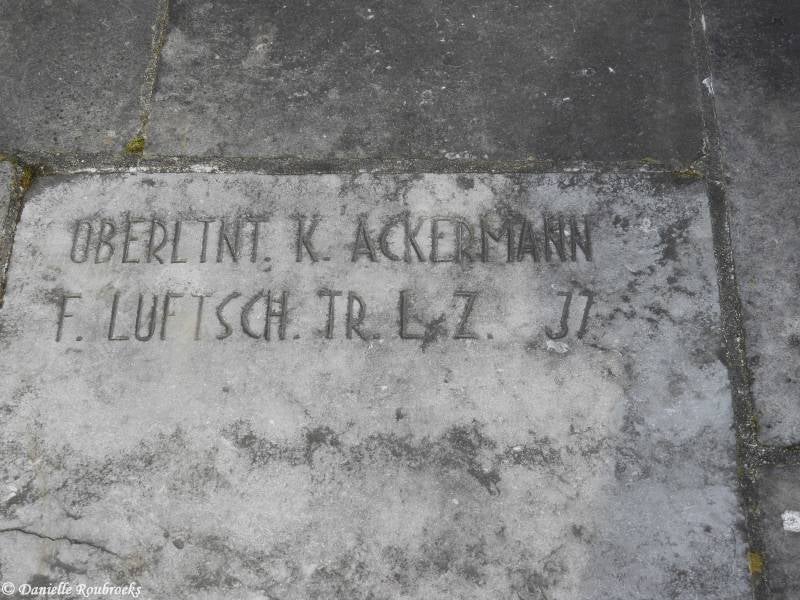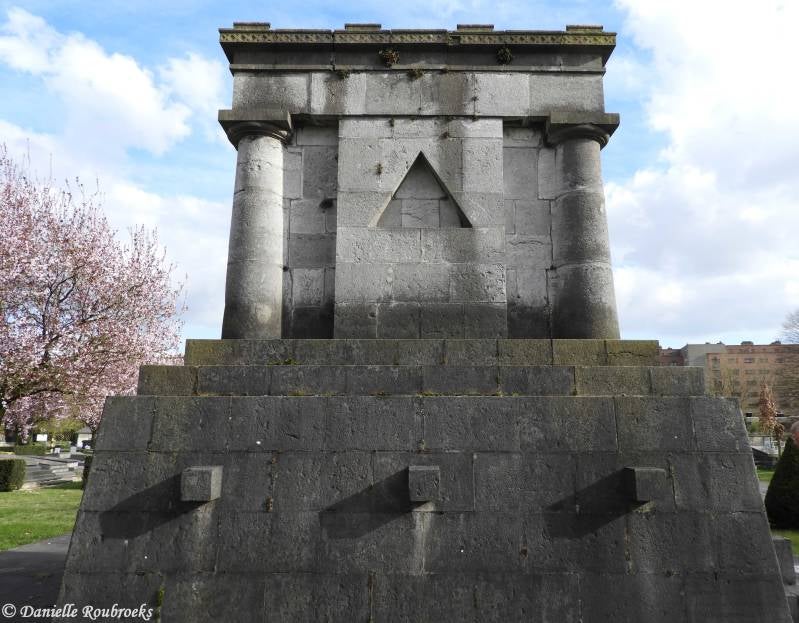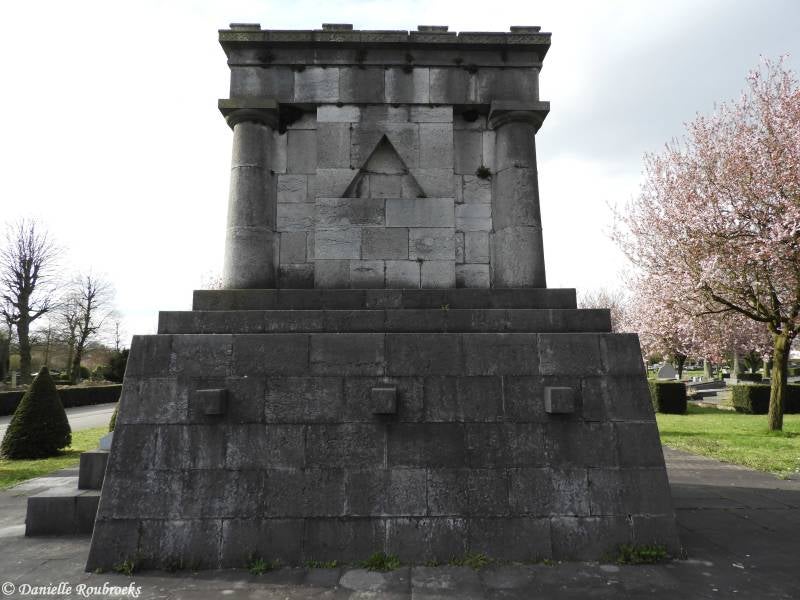Crash of the German Zeppelin LZ 37 - Gent
The most extraordinary monument in Ghent is that for the victims of the crash with the German Zeppelin LZ 37. (Source: Wikipedia)
During the night of 6 to 7 June 1915, Sub Lt Reginald Warneford rose from a forward base at Veurne. He flew on the Morane Saulnier Type L, a monoplane that he was specially assigned to intercept a dangerous German threat: the airships that left Belgium to bomb British cities. Above Ostend he saw the gigantic silhouette of the LZ 37. At 02.15 the LZ approached 37 Ghent and they started on board with the preparations for landing on Gontrode. Warneford in the meantime had risen to almost four kilometers. He switched off the engine, and floated down. At a good two thousand meters he was just above the Zeppelin, his sixth grenade hit target. While the British pilot tried to regain control of his Morane after the air movement, a scene barely depicted aboard the LZ37.
The burning skeleton of the LZ 37 crashed into Sint-Amandsberg. The largest part ended up in the St. Elisabeth Monastery. Two civilians (a nun and a child) lost their lives, as well as eight of the nine crew members. There was one German survivor. The man spent six weeks in a hospital, and visited the grave of his crew on the Westerbegraafplaats and the site in Sint-Amandsberg.
Warneford had to make an emergency landing in occupied territory, but got his engine back on track and then flew through the fog, eventually landing on the beach at Sint-Idesbald. He waited until the daylight, fueled again from a French unit and flew back to his base at Dunkirk where he reported his victory. The next day a telegram from Buckingham Palace awaited him. King George granted him the Victoria Cross. On June 17, Warneford, who was constantly celebrated in the past few days, received a Farman which he would fly to his unit. Before the occasion an American journalist climbed aboard. The pilot ascended, but shortly after, the Farman disintegrated. Both men died in the crash. After his victory over Ghent, he could only have enjoyed the honor for ten days. He was buried in London's Brompton cemetery. A scene on his tombstone depicts the action, with the caption "To commemorate the heroic exploitation in a Zeppelin airship near Ghent on June 7 1915."
On the Westerbegraafplaats a year later the German occupiers built a grand monument, a design by Professor Kreis, performed by Oberleutnant Langen of the Militärbauambt Gent. It was inaugurated on January 5, 1917.
Only the 10m2 concession for the actual monument is owned by the Ackermann family. The monument built there is not owned by the Ackermann family, it was most likely built by the German Military Government and is currently owned by the German Embassy in Brussels.
Initially seven (Müller had already been transferred to Bonn in 1915). crew members buried to the left of the monument. In 1956 five bodies were excavated and reburied at Vladslo. Both Van der Haegen and Ackermann are certainly buried in front of the monument in private graves - so no war graves.








